Academic:

Marshmallow Laser Feast [exhibition review]
Bennett 2024, ‘Marshmallow Laser Feast: Works of Nature'[exhibition review], Artlink online 21 Feb 2024
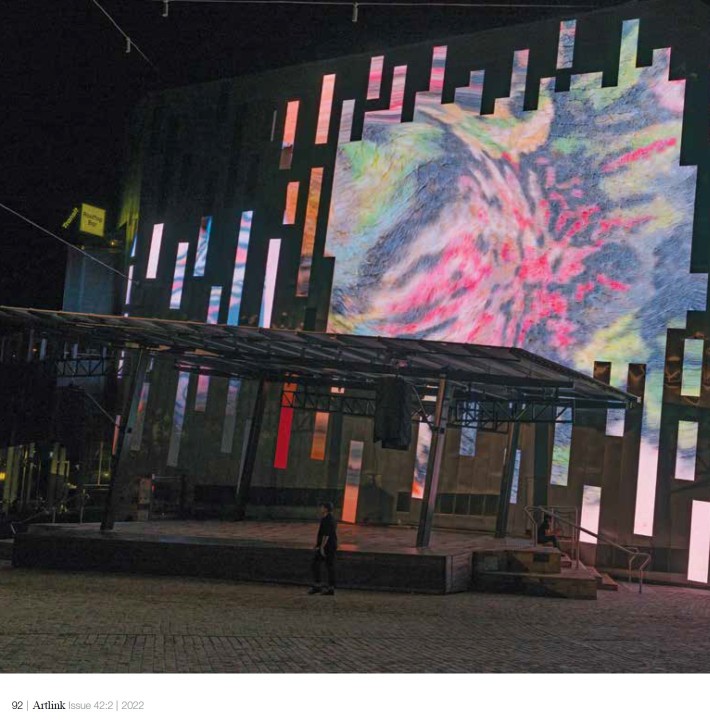
Artlink
Alison Bennett and Dean Walsh, 2022. ‘The SubMerge Project: Autistic Embodiment and the Extended Bodymind.’ Artlink 42, no. 2: 92–98.
“In developing the SubMerge project, Bennett and Walsh seek to communicate an awareness of
merged entanglement and extended sensorium, not only for autistic embodiment but for all waterbodies
and bodies of water beyond a therapeutic function. The experience of ‘merging’ water and body may
assist deeper environmental and social conversations between neurotypical and neuro-atypical people, between artist and environmentalist, between neuroqueers and our wider communities. At its heart is a desire to enhance inter-species and inter-environmental relations. […] SubMerge facilitates the embodied awareness that we are inseparable from our environment, and that cognition is diffused beyond the boundaries of the skin. It is this direct experience of empathy and connectedness that is required in a time of environmental crisis. We are queer-kin, a thing amongst things, water within water.”

Refractory Journal of Entertainment Media
Bennett A, & Beckwith, M 2018, ‘Queering virtual reality with drag realness: a case study of a creative investigation’, Refractory Journal of Entertainment Media, Vol. 30. This video unpacks intersections between virtuality and drag that emerged during the making of a VR artwork called Virtual Drag made by Alison Bennett, Megan Beckwith and Mark Payne. Whilst making the work, we realised that drag offers some useful pathways for thinking about virtual reality. The intersections between virtuality and drag stem from ways of speaking about virtual reality as simulation and the drag definition of realness.

PhD exegesis
Bennett, A 2016, The Shifting Surface in Digital Photography, creative practice PhD exegesis, Deakin University
“This creative practice as research project has investigated the question: given the dematerialisation of the photographic image, to what extent can a photograph be regarded as having a surface? Framed by the contexts of photography, materiality and surface, the creative investigation employed dialogic ‘making as thinking’ methods to generate innovation solutions.”
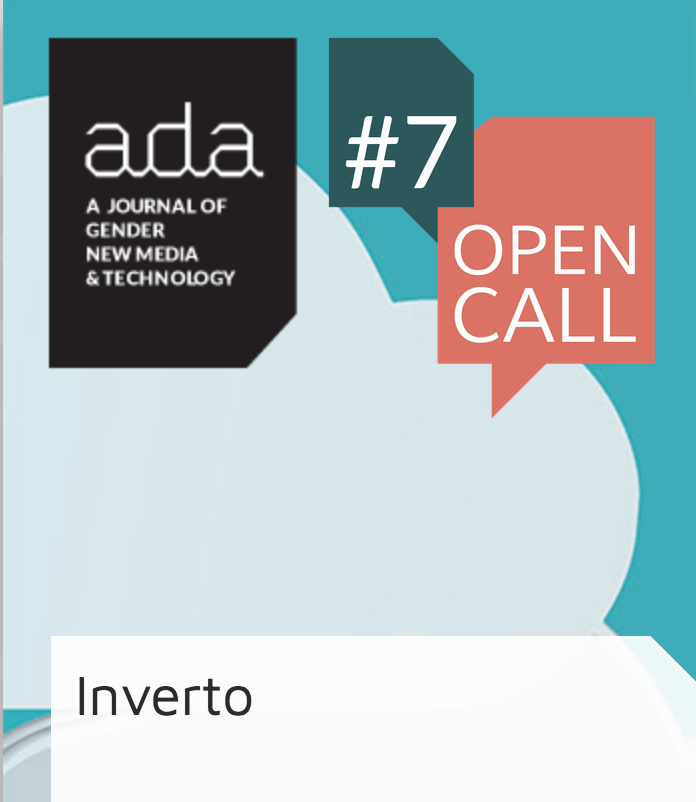
Ada: A Journal of Gender, New Media, and Technology
Bennett, A 2015, ‘Inverto’, Ada: A Journal of Gender, New Media, and Technology, No.7
“Inverto is Latin for transform/transfer/transpose, and curiously, ‘invert’ is an old term for homosexual that carries transgender implications.”
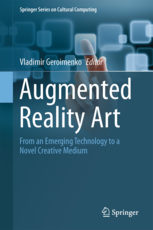
Augmented Reality Art
Vincs, Bennett, McCormick, Vincent & Hutchinson, 2014, ‘Skin to Skin: Performing Augmented Reality’, in Augmented Reality Art, Springer Series on Cultural Computing, p.161-174.

M/C Journal
Bennett, A 2014 ‘Persona’ (GIF cover image), M/C Journal, 25 Jun 2014
“The editors [Kim Barbour, P. David Marshall, Christopher Moore] would like to thank Alison Bennett for creating an original gif for the cover image of this issue. More of Bennett’s work, including her augmented reality images of tattoos from the internationally acclaimed exhibition Shifting Skin, can be found at her website alisonbennett.net.”

MFA exegesis
Bennett, A 2009, To Occupy, Master of Fine Art exegesis, Monash University
“I investigate the ‘shudder’ one experiences when encountering a room that has resonance; that has duration; where past, present and future collapse. ‘Interiority’ has been a useful concept for exploring this shudder. In architecture it is used to describe the experience of being in an interior space; in psychology it refers to one’s interior life, what it feels like inside your head or body. I therefore seek to fold together the collapse between ‘what it feels like inside this room’, ‘what it feels like inside my head’ and the space of the camera in that process of encounter.”

antiTHESIS
Bennett, A 2007, [Cover & internal images], antiTHESIS journal, Vol.17 2007.
Conferences:
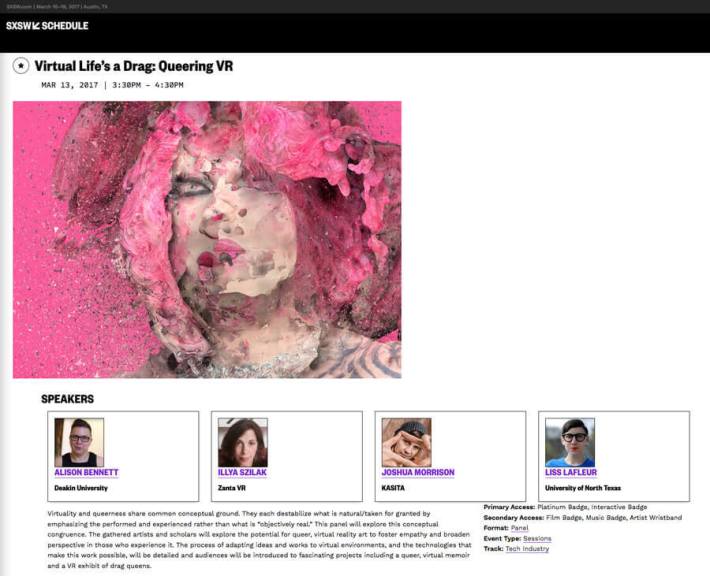
SXSW Interactive
‘Virtual Life’s a Drag: Queering VR’ [panel], SXSW Interactive, Austin TX, 13 Mar 2017
“Virtuality and queerness share common conceptual ground. They each destabilize what is natural/taken for granted by emphasizing the performed and experienced rather than what is ‘objectively real’. This panel will explore this conceptual congruence.”
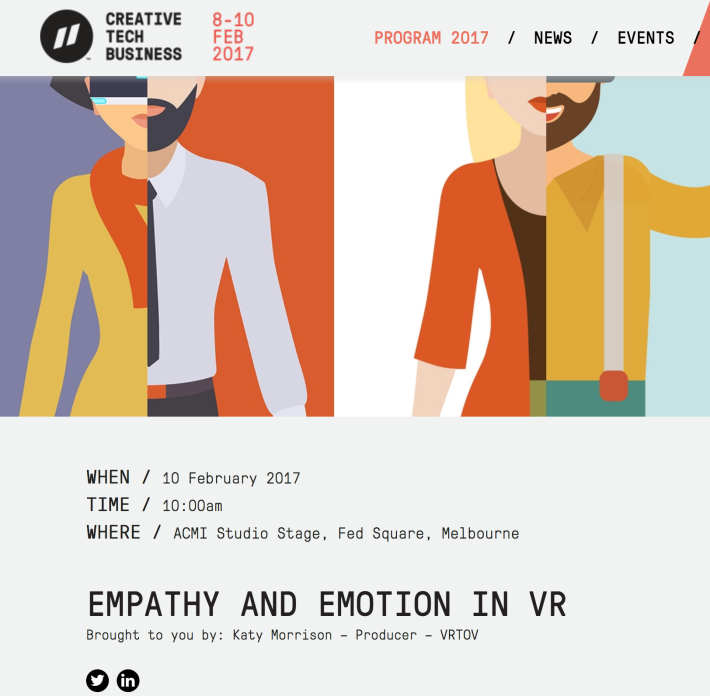
Pause Festival
‘Empathy and Emotion in VR’ [panel], Pause Festival, 10 Feb 2017
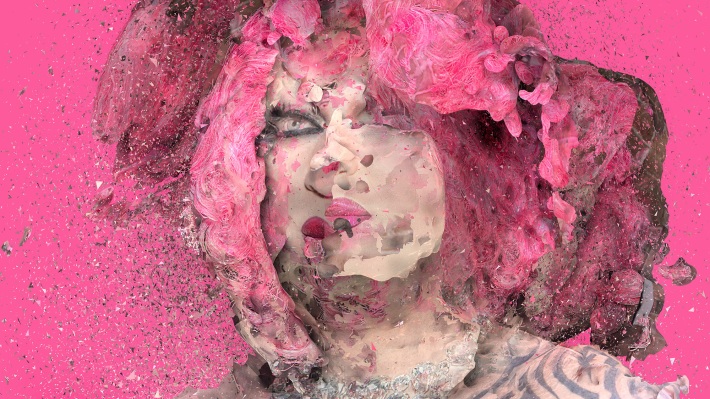
UNIT QueerTech Conference
Bennett, A 2016, ‘Virtual Drag’ [paper], UNIT QueerTech Conference, Berlin, 16 Apr
“The intersections between virtuality and drag stem from ways of speaking about virtual reality as simulation and the drag definition of ‘realness’. This presentation discusses the making of the virtual reality work ‘Virtual Drag’ and unpacks the theoretical propositions that underpin the project.”

21st century photography: art, philosophy, technique
Bennett, A 2015, ‘Surfaces Between Photographs’[conference paper], 21st century photography: art, philosophy, technique, Central Saint Martins University of the Arts London, 5-6 Jun
“Propositions: that computer vision is mediating the emergence of forms of surface between digital photographs; that computer vision mediated relationships between images has the potential to reshape the structure of knowledge & thought; that MESH is both a technological artefact of the structure between photographs and a resonant conceptualization of the structural relationships emerging.”

Theorizing the Web
Bennett, A 2013, Shifting Skin, giclee prints with augmented reality overlay, exhibited at Theorizing the Web conference exhibition, New York City, 15-16 April 2014

antiTHESIS symposium
Bennett, A 2006, ‘Dereliction and the space between’, antiTHESIS symposium, Melbourne University, 7 Jul
“Let me take you into my confidence. May I confide in you, close the gap? Interiority begins to describe, to capture, the attraction and elusive flows between
surfaces, between the surface of my skin and the enclosure of walls, its thresholds and
apertures. The projection of desire and the containment of memory, the geometry of
intimacy and defense.”
Media highlights:
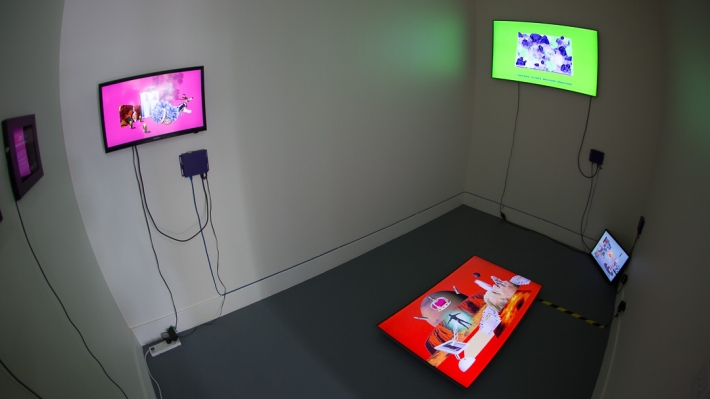
review of QueerTech.io
Hansen, B 2018, review of QueerTech.io, UNPROJECTS,

Refractory Journal of Entertainment Media
Bennett A, & Beckwith, M 2018, ‘Queering virtual reality with drag realness: a case study of a creative investigation’, Refractory Journal of Entertainment Media, Vol. 30. This video unpacks intersections between virtuality and drag that emerged during the making of a VR artwork called Virtual Drag made by Alison Bennett, Megan Beckwith and Mark Payne. Whilst making the work, we realised that drag offers some useful pathways for thinking about virtual reality. The intersections between virtuality and drag stem from ways of speaking about virtual reality as simulation and the drag definition of realness.

CNN
Redmond, S & Verhagen, D 2017, ‘Of microbes and machines: How art and science fuse in bio-art’, CNN Style, 7 Feb
“In Alison Bennett’s touch-based screen work, the viewer is presented with a high-resolution scan of bruised skin. Viewers can use the touch-screen to manipulate the soft and damaged tissue before them, and their eyes become organs of touch. What does it feel like to touch a bruise and be bruised?”

Beat magazine
2017, ‘Muliebrity & other collaborations’, Beat magazine
“The exhibition features a video work that reflects on feminine identity expression by queer women that I know. […] those women are often ‘read’ as heterosexual – so while their femininity is visible, their queerness is invisible.”

Kingston Arts
Kingston Arts 2017, MIDSUMMA ‘muliebrity & other collaborations’ Alison Bennett

Joy FM
Sunday Arts Magazine, Joy FM, 15 Jan 2017

The Article
Leach, S 2016, ‘The Ghosts in the Machines: Morbis Artis’, The Article, 5 Dec
“The damaged human body is aestheticised in Alison Bennett’s Bruise, an interactive video work in which bruised human flesh can be manipulated and moved on a screen. The viewer seemingly touching and manipulating the damaged organ, just to see how it looks, reminiscent of the Iain M Banks’ bruise artist in his SF novel Use of Weapons.”

The Additivist Cookbook
Bennett, A et al 2016, ‘Virtual Drag’, in The Additivist Cookbook, Institute of Network Cultures, Amsterdam
An important compendium of artistic strategies utilizing 3D technology for activism
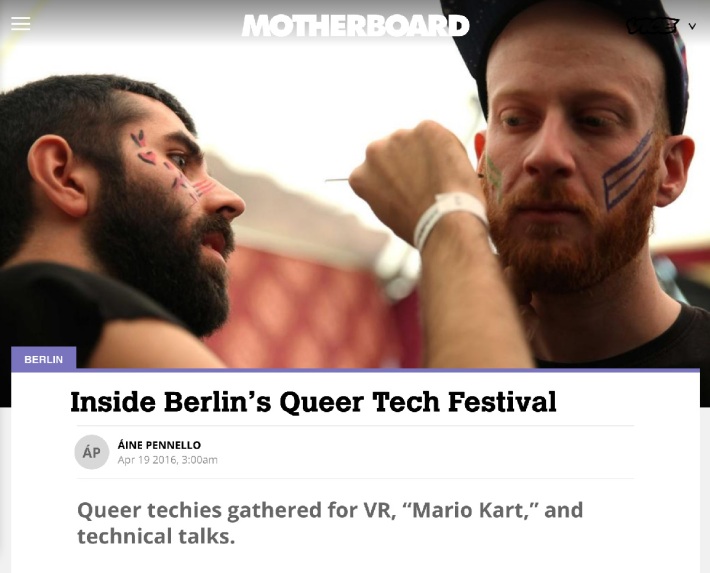
Motherboard
Pennello, A 2016, ‘Inside Berlin’s Queer Tech Festival’, Motherboard
“I strap on the goggles and find myself in the middle of a snowy mountain range, gliding up an icy staircase where a drag queen poses over and over again: hands on her hips, a pouty face, a jump in mid-air.”

KillScreen
Priestman, C 2016, ‘Virtual Drag, or how to queer virtual reality’, Kill Screen, 28 Jan
“In both, the notion of ‘realness’ is brought into question—quite simply, what we accept to be real, shown to be a construction of human making. And so, by bringing drag queens and kings into virtual reality, Virtual Drag doubles their implications, letting their deconstructions overlap in an astonishing synergy.”

Creators Project
Bruney, G 2016, ‘3D Body Scans of Drag Queens Virtual Reality Art’, The Creators Project, 24 Jan
“All art forms rooted in the performers’ physicality struggle to perfectly translate via technological replication. But three Australian artists have found a way to harness the physicality of drag performers in for their project Virtual Drag, in which they created 3D body scans of drag queens for audiences to view in virtual reality.”

The Guardian
Bennett, A & Kearns, AJ, 2015, ‘Inverto #19’ [photograph] in ‘Best Australian Photographs of 2015’, The Guardian, 31 Dec 2015
“Inverto 19 by Alison Bennett, one of a a series of 24 images taken over a two-year period charting gender reassignment in her subject, AJ Kearns. ‘This was a unique opportunity,’ says Bennett, because ‘the medical team were not aware of another case in which a transman had chosen to delay transition in order to have a baby’. This image was the winner of the CCP Salon portraiture prize in 2015.”
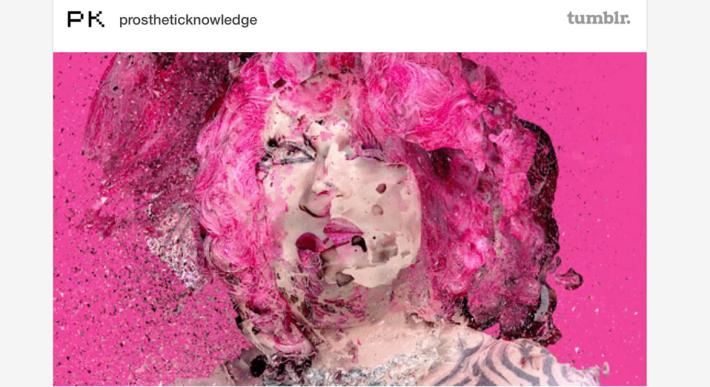
Prosthetic Knowledge
Virtual Drag! Prosthetic Knowledge, 4 Dec 2015 Thrilled to be mentioned by the uber cool new media art blog Prosthetic Knowledge and picked up by Tumblr Radar!
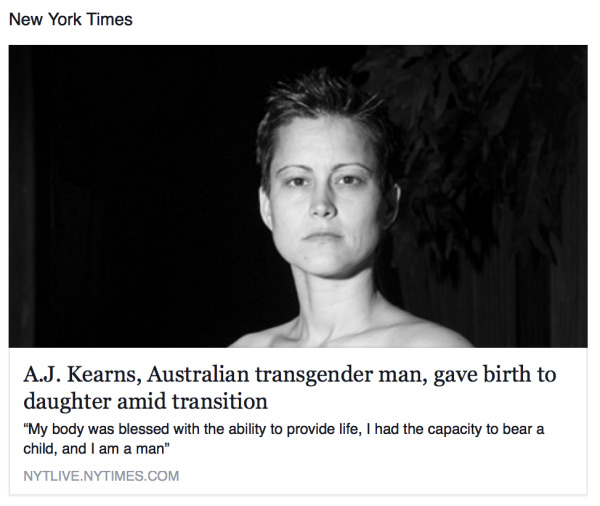
New York Times
Maloney, A 2015, ‘AJ Kearns, Australian transgender man, gave birth to daughter amid transition’, New York Times, 20 Aug 2015.
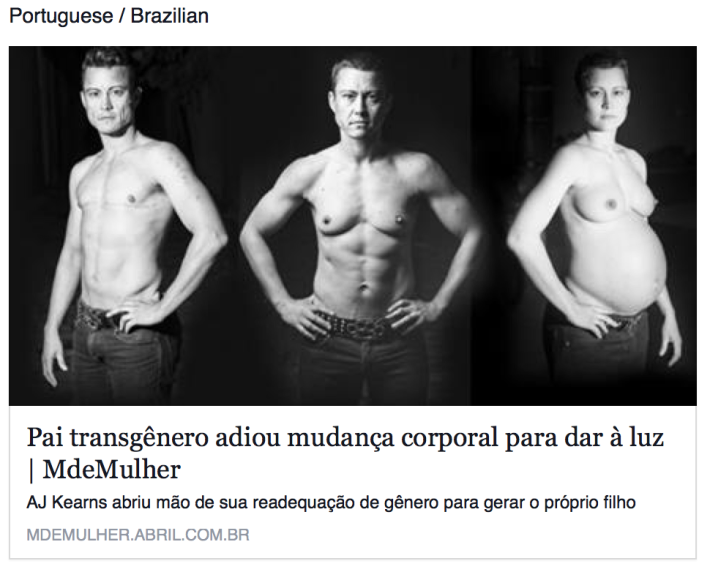
international viral media coverage of Inverto
In the days following the broadcast of Australian Story ‘From Daddy’s Tummy’ on ABC TV, the story went viral and was covered in dozens of languages.
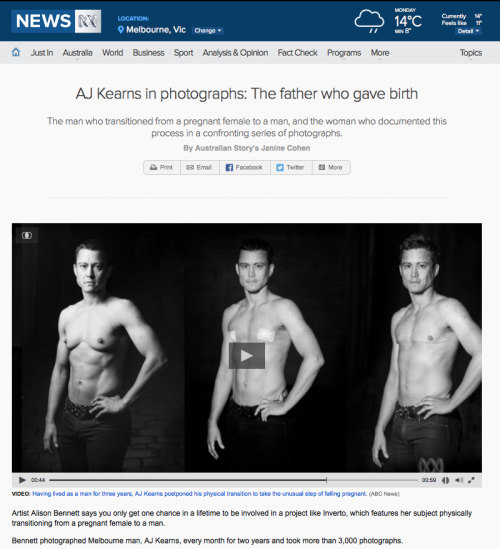
ABC News
Cohen, J 2015, ‘AJ Kearns in photographs: The father who gave birth’, ABC News, 10 Aug
“One of the things I like about photography is its capacity to compress time and to very succinctly give a vast, huge story all at once.”

Buzzfeed
Sainty, L 2015, ‘This Man Postponed His Gender Transition To Have A Baby’, Buzzfeed, 10 Aug
“Melbourne artist Alison Bennett documented Kearns’ pregnancy and transition with a series of stunning photographs.”

AUSTRALIAN STORY
ABC TV Australian Story 2015, ‘From Daddy’s Tummy’, 10 Aug, featuring images from Inverto and the story behind the project http://goo.gl/X4zZFc

Ada: A Journal of Gender, New Media, and Technology
Bennett, A 2015, ‘Inverto’, Ada: A Journal of Gender, New Media, and Technology, No.7
“Inverto is Latin for transform/transfer/transpose, and curiously, ‘invert’ is an old term for homosexual that carries transgender implications.”

Dazed & Confused
Cahill, H 2015, ‘Can science remove gender boundaries completely?’, Dazed & Confused, UK, 26 Feb 2015
“Inverto depicts an astonishing transformation enabled by hormone therapy and a double mastectomy following pregnancy. Not only is the two-year project a stunning testament to the technologies available for trans people wishing to redefine themselves, the photos themselves are a crucial part of the journey.”

ArtsHub
Dore, M 2014, ‘Art and architecture plays with reality’, ArtsHub, 7 Nov.

Augmented Reality Art
Vincs, Bennett, McCormick, Vincent & Hutchinson, 2014, ‘Skin to Skin: Performing Augmented Reality’, in Augmented Reality Art, Springer Series on Cultural Computing, p.161-174.

M/C Journal
Bennett, A 2014 ‘Persona’ (GIF cover image), M/C Journal, 25 Jun 2014
“The editors [Kim Barbour, P. David Marshall, Christopher Moore] would like to thank Alison Bennett for creating an original gif for the cover image of this issue. More of Bennett’s work, including her augmented reality images of tattoos from the internationally acclaimed exhibition Shifting Skin, can be found at her website alisonbennett.net.”

RealTime
Priest, G 2014, ‘In Profile: Alison Bennett, Shifting Skin’, RealTime
“For the viewer it’s this moment of border crossing that is most exhilarating, but as the technology becomes increasingly utilised for commercial means […], the initial thrill may begin to normalise. Then it will be the content that becomes most important and artists like Bennett will hopefully lead the way, bending reality in ever more conceptually challenging ways.”

Australia Council Experimental Arts
Experimental Arts 2014, ‘Shifting Skin: the art of augmented reality tattoos’, Australia Council Experimental Arts, Twitter, 27 Feb.

artsHub
Fairly, G 2014, ‘Skin comes alive as tattoos rise as 3D landscapes’, artsHub, 25 Feb.

ABC TV News
ABC TV News report, ‘Skin Deep Body Art’, 25 Feb 2014

ABC News online
Collins, A 2014, Tattooed technology exhibit gets under the skin as part of Sydney’s Gay and Lesbian Mardi Gras visual arts festival’, ABC News online, 27 Feb
“… Bennett explores ideas around augmented reality and the collapsing boundaries between the physical and digital worlds.”

AR[t]
Bennett, A 2013, ‘Shifting Skin’, AR[t]4, Netherlands, 19 Nov
“Watching visitors to the Shifting Skin exhibition as they contorted and danced in an arc before the exhibition prints highlighted the implications of augmented reality for the embodied viewer.”
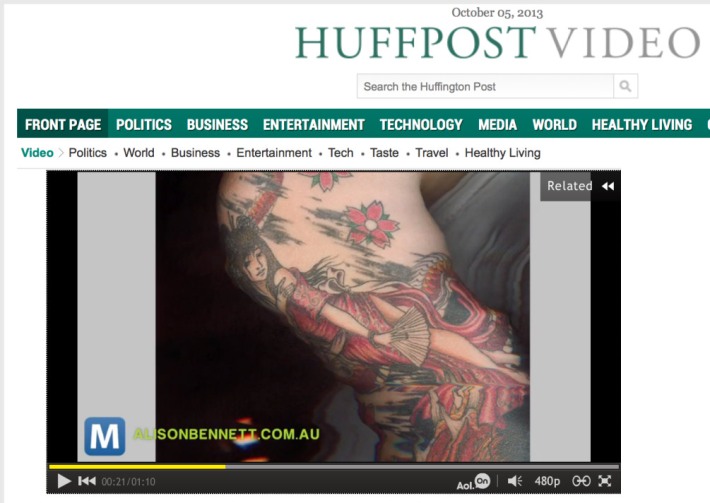
Huffington Post
Huffington Post video, 5 Oct 2013
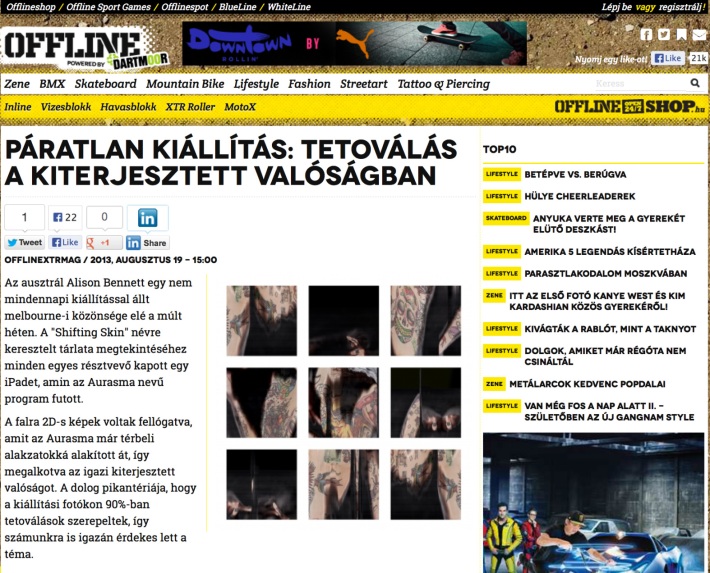
International viral media coverage of Shifting Skin
Following a retweet by science fiction author William Gibson and a video report on Mashable.com, Shifting Skin received viral media coverage.

Mashable
Prakash, N 2013, ‘Augmented Reality Brings Tattoos to Life’, Mashable.com, 19 Aug.
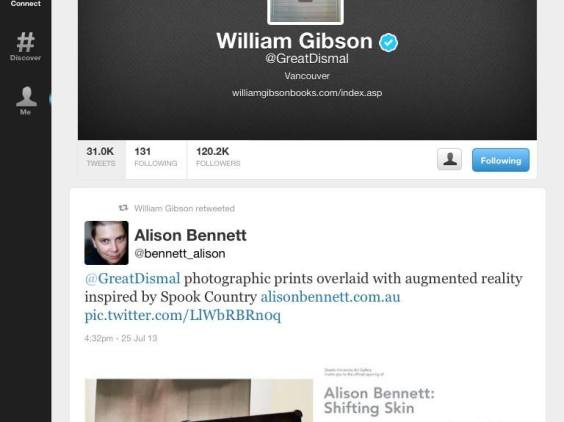
William Gibson
retweet by science fiction author William Gibson, 25 Jul 2013 @GreatDismal photographic prints overlaid with augmented reality inspired by Spook Country http://t.co/iqbrDVOwOx pic.twitter.com/LlWbRBRn0q — Alison Bennett (@bennett_alison) July 25, 2013

The Age
Nelson, R 2009, ‘Perpetual pirouette is a novel spin’, The Age, 22 Jul, p.14.
“Normally, photography also has the stability of a rectangle; but the photographic work of Alison Bennett stitches together many frames, so that you experience a surround-vision of interior space.”
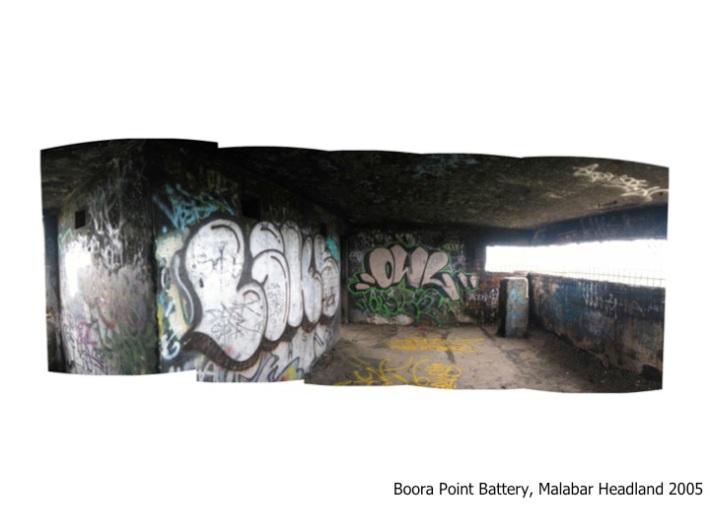
indesign
Craswell, P 2008,‘To Occupy’, indesign magazine Nov.
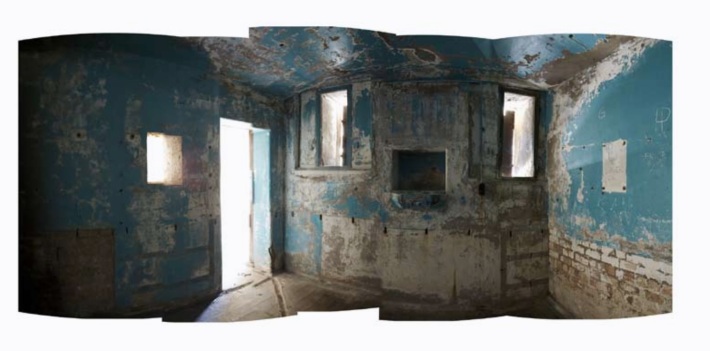
un magazine
Knudsen, S 2008, ‘To Occupy’, un magazine, Vol.2 Iss.2, p.59
“Her photographs depict stained and well-worn surfaces, discarded objects and litter, ghostly rooms, graffiti-covered walls or the charcoaled remains of a fireplace among many other traces of human occupation and inhabitation.”
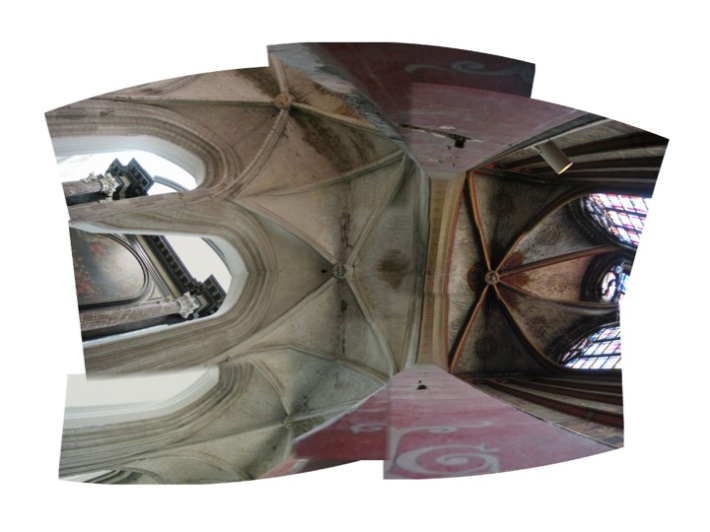
Artichoke
Baumbart, M 2008, ‘Verticalism’, Artichoke, #24
“Bennett is able to listen and ‘speak’ to the people she encounters, and – through some empathetic personal alchemy – those who are absent, but whose presence might still be felt. Through this exchange she was able to move into a shared space with the subject, figuratively at first and then quite literally – with her camera in her hand.”

antiTHESIS
Bennett, A 2007, [Cover & internal images], antiTHESIS journal, Vol.17 2007.

The Age
Nelson, R 2006, The Age, 15 Nov. “Alongside the documentary character of the work, the composited pieces of Alison Bennett stand out. […] Bennett’s work at Hay might be compared with Walker Evans’ Bedroom from the 1930s. “

Indesign
Drew, P 2006, ‘Honouring the Landscape’ [review of Woolsheds & Shearers Quarters], Indesign magazine, Feb 2006
“Alison Bennett’s panoramas of stitched-together photographs bring out the secret quality of these huge interiors. Their warping of the space amplifies a hidden baroque quality. The subtle distortions and curvature of space is somehow cosmic in its dimensions as though the immensity of the plain outside has forced itself inside, bending everything.”

Arena Magazine
Bennett, A 2005, [cover images], Arena Magazine, No.78 Aug – Sep 2005.

Architecture Australia
Rice, C 2004, ‘Space and image inside Hill End’, Architecture Australia, Jul
“This idea of the interior as a particular kind of relation between the imagistic and the spatial is given new impetus in Inside Hill End, a series of photographs by Alison Bennett recently exhibited at The Mint in Sydney.”
